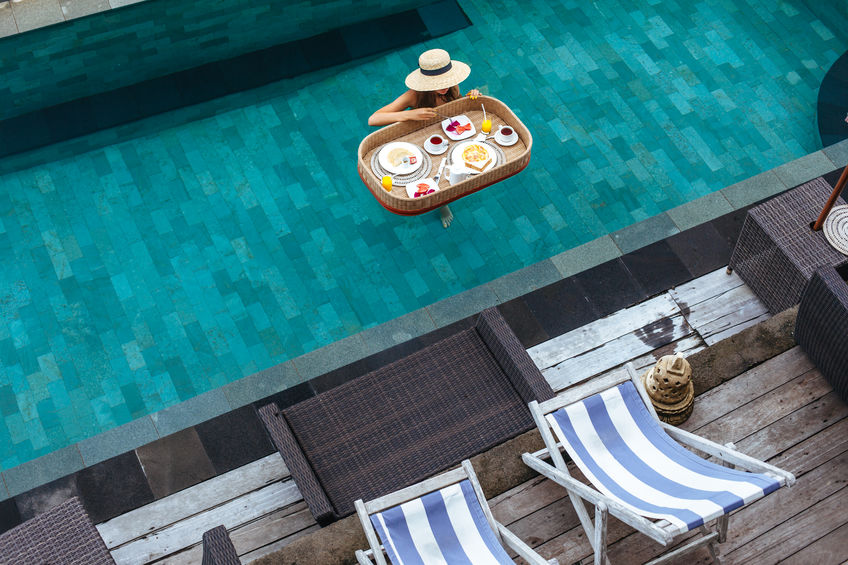The saying “the customer is always right” has been around for more than 100 years, originally coined by Harry Gordon Selfridge, the founder of London-based Selfridge’s department store (there’s also an entertaining television show, Mr. Selfridge, that chronicles the founding of the store, starring Jeremy Piven, in case anyone’s interested). Since the creation of that saying, hospitality companies have tried different ways to cater to their customers. For the hotel industry, one way has been the creation of boutique, lifestyle and soft-brand locations – all designed to give customers what they want.
Boutique hotels
For travelers looking for exclusive environments that are not part of a hotel chain but with unique luxury appointments, boutique hotels are ideal. Due to the intimacy conveyed throughout the hotel and because of its smaller size, staff is given flexibility to please guests and are able to cater to the specific needs of that clientele. Because of its ability to tailor its service to guests and the strong loyalty that results, this type of hotel tends to be a very profitable segment of the industry. In addition, the location of boutique hotels is an additional draw for guests desiring that unique experience, as they are usually located in trendy locations in mostly urban settings. For the ultimate in tailoring unique customer experiences that often can’t be duplicated, boutique hotels are the best option.
Lifestyle hotels
There are many commonalities between lifestyle and boutique hotels, such as personalized service and innovation. Perhaps the main difference is that lifestyle hotels are often created by larger hotel groups hoping to capture and deliver a unique hotel experience. In addition, lifestyle hotels feature more modern décor and architecture and will often focus on wellness and life-enrichment of the guest. This allows lifestyle hotels to deliver a blend of exclusivity and a well-known brand to those seeking that balance. Examples within this sector might include Hyatt’s Andaz, Marriott’s Edition and IHG’s Indigo.
Soft-brand hotels
Another segment that fills the space between large hotel chains and the boutique hotels are soft-brand hotels. They usually fall under the umbrella of a large hotel group and will benefit from the organization’s infrastructure, such as a loyalty program or reservations staff. Soft-brand hotels offer that perfect blend of large hotel familiarity with boutique-like flexibility and service. This concept has allowed hotels to think out of the box in an effort to give travelers what they’ve been looking for and filling a niche that otherwise might have gone unserved. Examples of soft-brand hotels include Hilton’s Curio and Marriott’s Autograph Collection.
A quick observation of the number of boutique, lifestyle and soft-brand hotels might make one think there are too many choices and these options may cannibalize one another. Quite the opposite is true. The current environment for travelers, whether it be for vacation or business, dictates variety. The more mature travelers become, the more they seek individualized experiences when it comes to their travel and hotel experiences. The hotel industry has recognized this and are tailoring their offering to what customers want, rather than attempting to force customers into what they offer.















